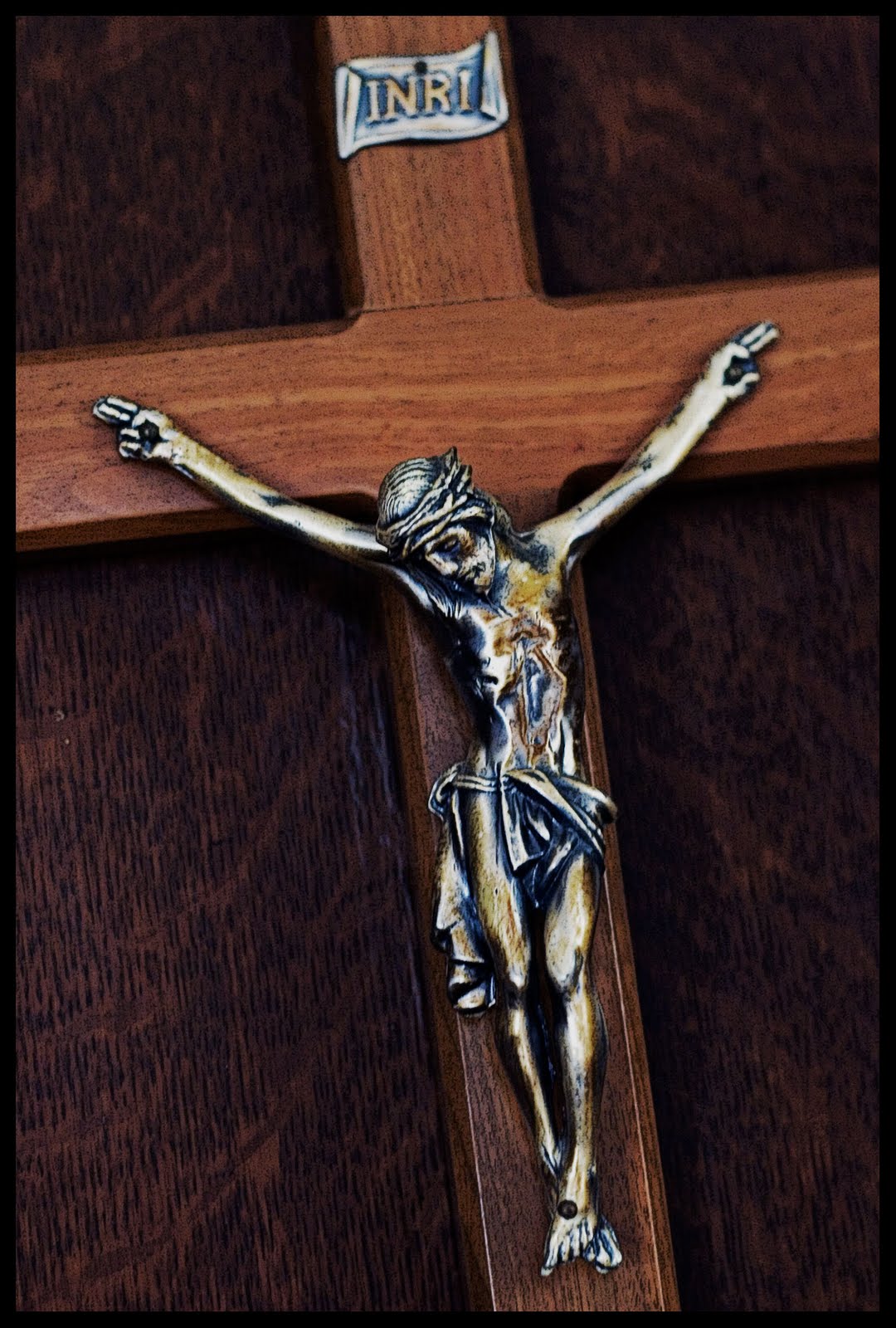INRI, an abbreviation that has been steeped in history and religious significance, carries a profound meaning for millions around the world. The letters stand for the Latin phrase “Iesus Nazarenus, Rex Iudaeorum,” which translates to “Jesus of Nazareth, King of the Jews.” This inscription was famously placed above the cross during the crucifixion of Jesus Christ, marking a pivotal moment in Christian theology and history. The acronym serves as a stark reminder of the sacrifice made by Jesus, encapsulating themes of faith, redemption, and the deep spiritual implications of His life and death.
The presence of INRI in religious iconography, art, and literature has transcended time and cultures, becoming a symbol of hope and salvation. Many Christians view this inscription not just as a historical reference but as an integral part of their belief system. It is a representation of Christ's kingship and His role as the savior of humanity, making it a powerful emblem in Christian worship and reflection. As we delve deeper into the meaning and implications of INRI, we uncover layers of historical, theological, and cultural significance that continue to resonate today.
In this article, we will explore the origins of INRI, its implications in Christian theology, and its impact on art and culture. Additionally, we will address some common questions that arise when discussing this significant abbreviation. By understanding the multifaceted nature of INRI, we can appreciate its enduring legacy and the way it shapes the beliefs of countless individuals across the globe.
What is the Historical Background of INRI?
The inscription of INRI has its roots in the Gospels of the New Testament, specifically in the accounts of the crucifixion. According to the Bible, Pontius Pilate, the Roman governor, ordered the inscription to be placed above Jesus’ head on the cross. This act was both a declaration of Jesus’ identity and a mockery of the claims made about Him. The following details elaborate on its historical background:
- INRI represents the Latin words meaning "Jesus of Nazareth, King of the Jews".
- The inscription was intended to inform passersby of the reason for Jesus' execution.
- It was written in three languages: Hebrew, Latin, and Greek, to reach a wider audience.
- INRI has been a topic of discussion among theologians and historians regarding its implications and interpretations.
How Did INRI Influence Christian Theology?
Within Christian theology, INRI holds significant meaning, as it encapsulates the duality of Jesus’ identity as both God and man. The implications of this inscription are profound and can be analyzed in several ways:
- It emphasizes Jesus' kingship in a spiritual sense, contrasting earthly power with divine authority.
- INRI serves as a reminder of Jesus' sacrifice and the fulfillment of Old Testament prophecies.
- It invites believers to reflect on their own relationship with Christ and what it means to follow Him as King.
What Role Does INRI Play in Art and Culture?
Throughout history, INRI has been a prominent feature in Christian art and culture. Artists have portrayed the crucifixion scene with the letters prominently displayed, allowing viewers to engage more deeply with the narrative. Some notable aspects include:
- Famous artworks, such as those by Caravaggio and Salvador Dalí, have depicted the INRI inscription in powerful ways.
- In literature, references to INRI symbolize themes of sacrifice, redemption, and hope.
- Churches and religious institutions often incorporate INRI into their architecture, enhancing the spiritual experience of worshippers.
What Are the Common Misinterpretations of INRI?
Despite its clear historical and theological significance, there are several misconceptions surrounding INRI. Addressing these can provide clarity for those exploring its meaning:
- Some believe INRI signifies a curse rather than a recognition of Jesus’ kingship.
- Others misunderstand it as a mere abbreviation without recognizing its historical context.
- It is sometimes mistakenly assumed that INRI was a title given to Jesus by His followers, rather than a Roman designation.
How Do Different Christian Denominations View INRI?
The interpretation of INRI can vary significantly among different Christian denominations. This diversity adds depth to the understanding of its significance:
- Catholicism often places high importance on the symbol as an affirmation of Jesus' divine kingship.
- Protestant denominations may focus more on the narrative of Christ's sacrifice rather than the inscription itself.
- Orthodox Christianity integrates INRI into its liturgical practices, emphasizing the power of the cross.
What Personal Reflection Can INRI Inspire?
For many believers, INRI serves as a source of personal reflection and spiritual growth. It encourages individuals to contemplate their beliefs and values in light of Jesus’ sacrifice. Some reflective questions include:
- What does Jesus’ kingship mean to you personally?
- How does the concept of sacrifice resonate with your own life choices?
- In what ways can you embody the lessons of humility and service exemplified by Christ?
Conclusion: The Enduring Legacy of INRI
INRI stands as a powerful symbol that transcends time, culture, and theological interpretation. It encapsulates the essence of Jesus' identity, His sacrifice, and the hope He brings to humanity. By exploring its historical significance, theological implications, and cultural representations, we gain a deeper appreciation for INRI and its place in the hearts of believers. As we continue to reflect on the meaning of INRI in our lives, we are reminded of the call to embrace faith, love, and service in a world that often needs hope and redemption the most.




